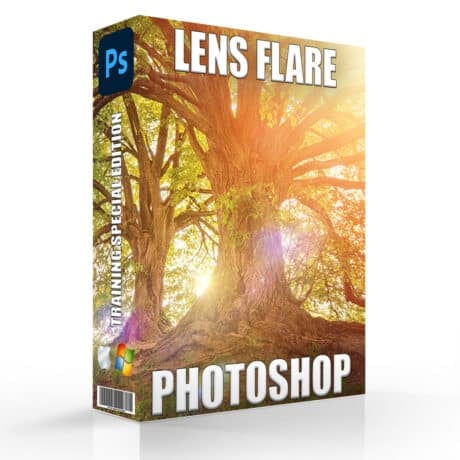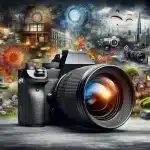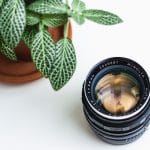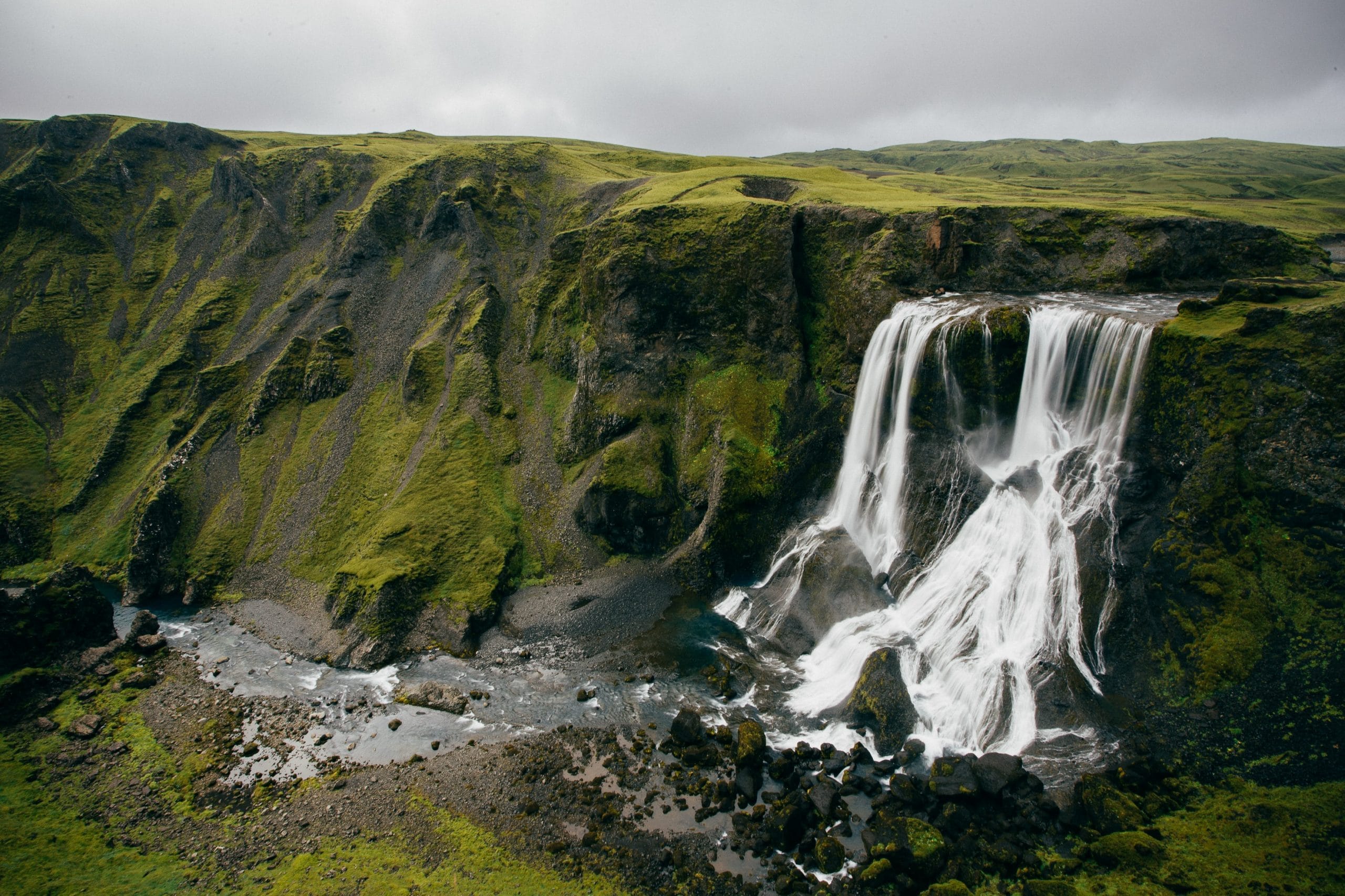
You must have seen those landscape photos in which dramatic clouds are stretched across the sky and the water looks extremely soft, almost magical. If you think that these were just master manipulations, well, you are in for a surprise. This technique is referred to as long exposure landscape photography. You can transform a mundane-looking landscape into a dramatic piece of art that will put the viewers in trance.
Although the idea behind this technique is simple, just keep the shutter open for a longer time. But, in reality, it can be much more difficult. Read along to understand what are the key factors that contribute to forming a great long exposure image.
Essential Tips for Long Exposure Landscape Photography
Choose Your Landscape
In a long exposure, the outcome is always far away from what the eye sees. The main idea is to take the movement from a scene and put it on your canvas. Therefore, the first step is to envision the landscape that you want to shoot. For instance, it can either be urban, natural, or even seascape. This will help you to determine what kind of movement you want on your image, which can be crashing waves, car streaks, or even grassy plains.
Neutral Density Filters
First of all, it is possible to achieve long exposure photography without using these filters. However, to get the best results in the daytime, these are a must-have. ND filters are darkened to limit the light so that a well-exposed image can be obtained.

Recommended Settings for Long Exposure Landscape Photography
To get the best shots, you are going to need the help of the exposure triangle. Try to shoot in RAW to retain the maximum amount of information and details.
- Firstly, use the lowest ISO your camera allows before it shifts to ‘extended’ ISO. It will also keep the noise to a minimum giving you a clean image. Mostly, it will sit in the range of 100-400.
- Secondly, you should keep the aperture around f/8, f/11, or f/16. It will produce a sharp image with a great depth of field.
- Lastly, experiment with the Bulb Mode. The thing is that when you use an ND filter, even 30 seconds of shutter speed might not be enough to capture a good image. Using the Bulb Mode can allow you to set shutter times of more than 30 seconds.
Pay Attention to the Composition
Now that you have a setup in place, you need to know that finding a good spot is not enough for creating great art. Composition surely plays a great role. When you have set up your camera, take a step back and just observe. Try to imagine what would make the image look good, for instance, if you focused more on the water or the movement of the clouds?
Not only the movement, but you need to focus on the perspective as well. Look around and determine if the same shot would look better from a different angle.
Track the Sun
First of all, for long exposure landscape photography, it is better to not include the sun in your composition. The reason behind this is that the sun’s movement might also be captured in the image which may distort the shape of the sun. The overall exposure of the image may also get disturbed due to the sun. Therefore, it is better to track the sun’s position while planning a shoot.
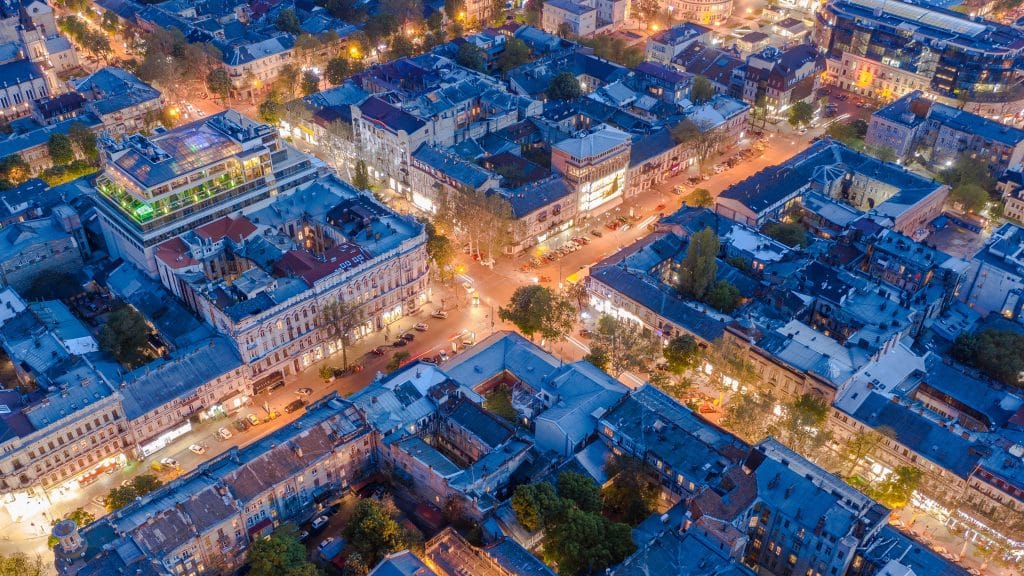
Photo edited in Lightroom.
Test Shot
Lastly, before taking your final shot, you need to take some test shots. The purpose of these shots is to determine whether you have the right settings dialed in. Also, it may help with the exposure of the image.
For this purpose, you need to learn how to read the histogram of the image. The histogram needs to be balanced and should not be too much on either of the extreme sides. Too much to the left would mean dominant blacks, whereas right would mean more highlights. The trick is in keeping it balanced.
Learn Post-Production
Finally, you should know that you can enhance the overall look of your image in post-processing. Although the images would already be dramatic and sharp enough, doing a little more cannot hurt. However, try not to go overboard in this step.
Conclusion - Long Exposure Landscape Photography
As a last piece of advice, remember that theory will only take you so far. Learning the above steps is enough to get a perfect start in long exposure landscape photography. But you will have to practice, practice, and practice to get good at it. Also, try to have fun while you learn, as often the journey is better than the destination.
If the “Long Exposure Landscape Photography ” article has helped you, then Like and Share it with your friends!
Facebook
Twitter
LinkedIn
Pinterest
Have a nice photoshoot!
Lightroom and Photoshop Tutorials
Course
Get the latest version of Photoshop & Lightroom





